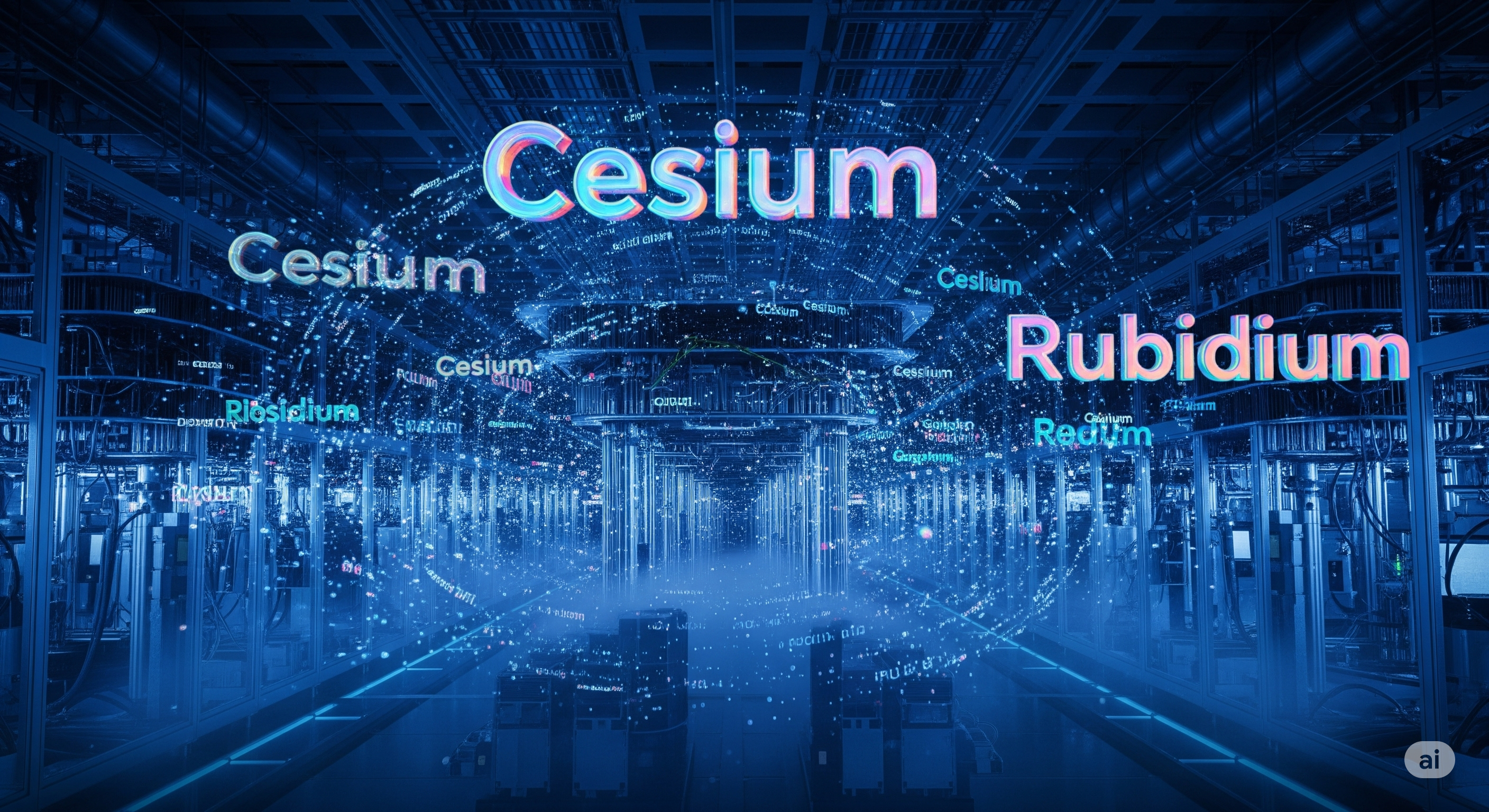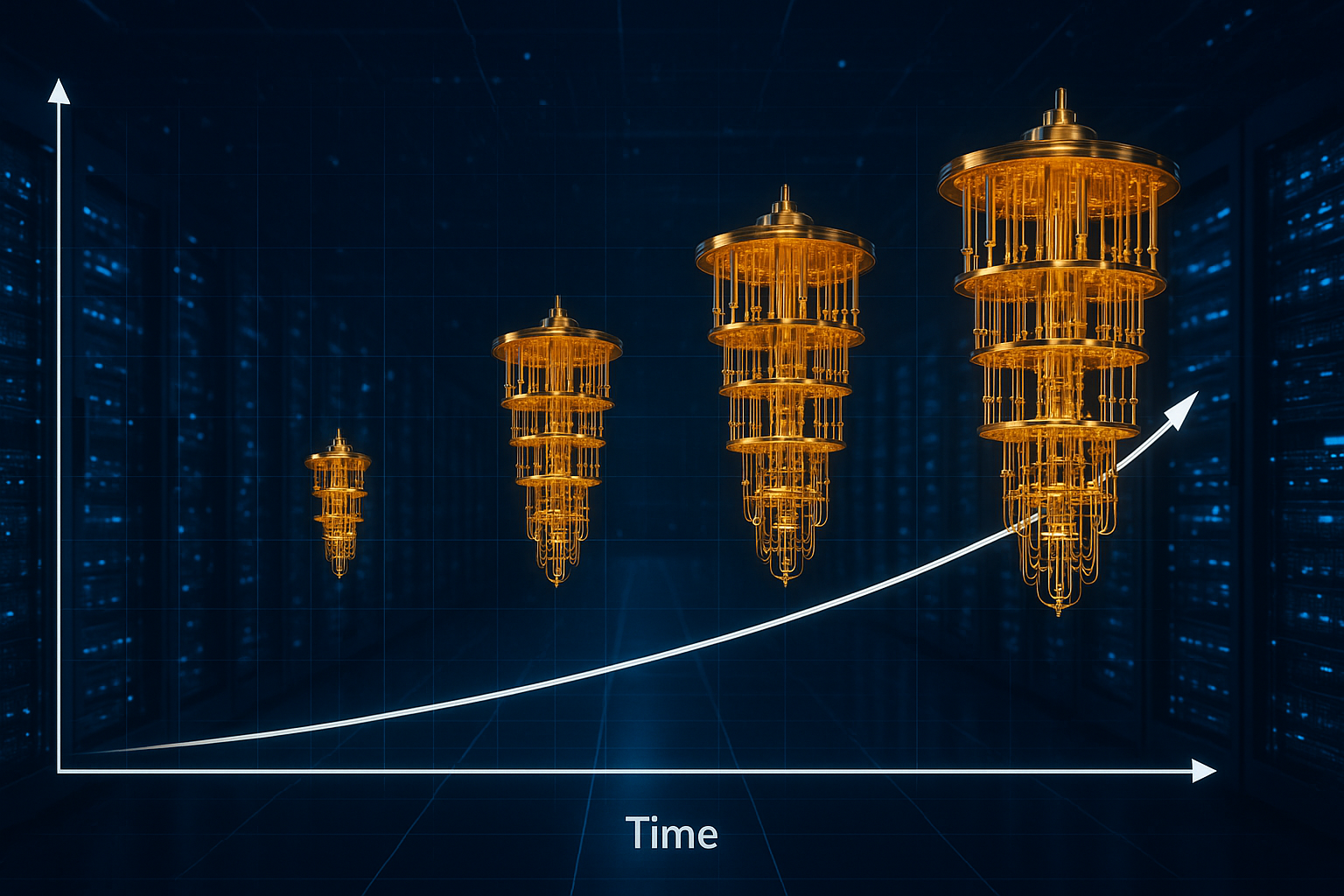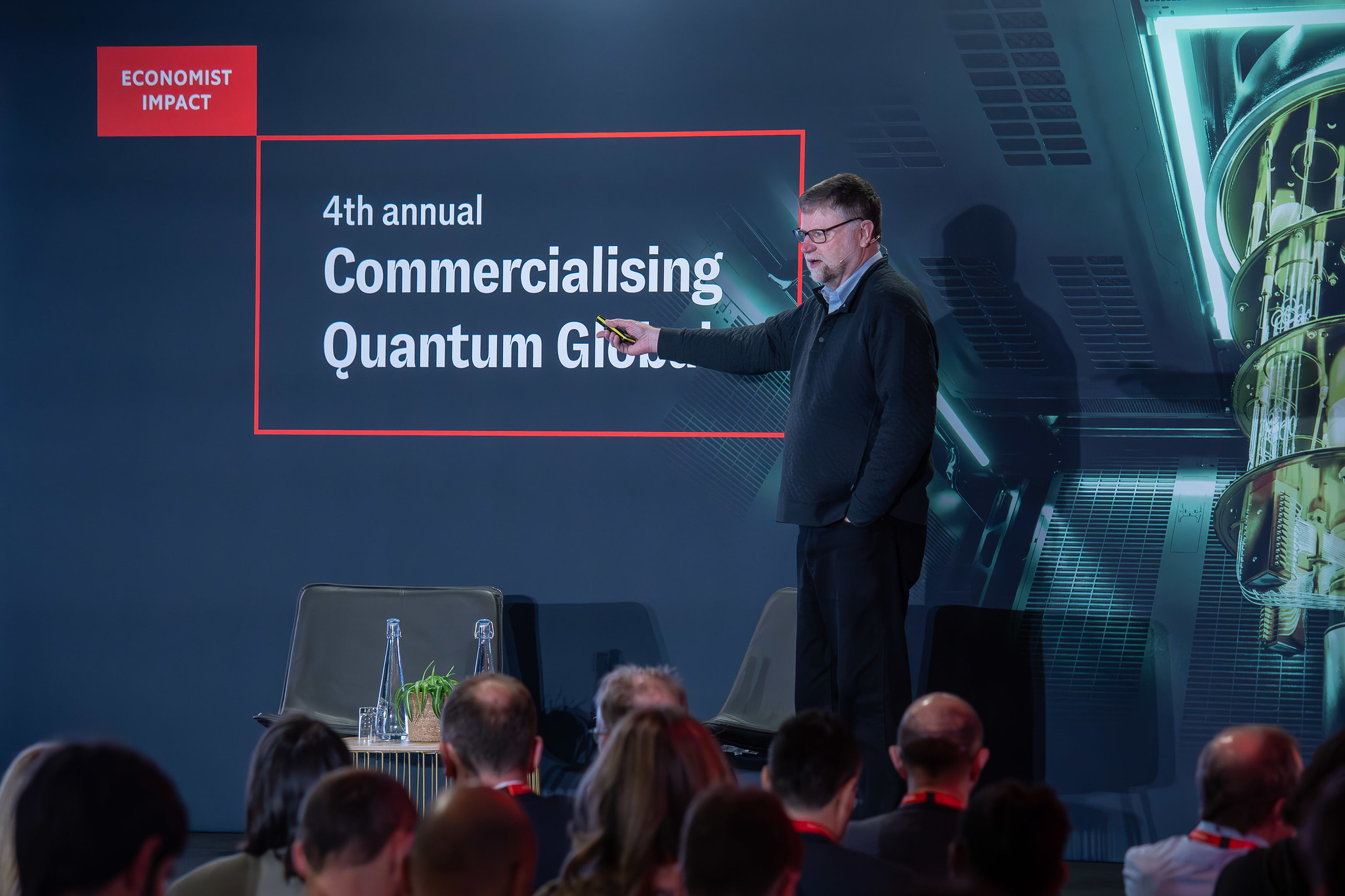A selection of the most important recent news, articles, and papers about Quantum.
General News, Articles, and Analyses
Infleqtion Awarded Phase II Quantum Technology Exploit Contract with Australian Army
(Tuesday, September 10, 2024) “Infleqtion announced an expansion of its work with the Australian Army as part of the Quantum Technology Challenge (QTC). Infleqtion is collaborating with the Australian Army and Diraq, a quantum computing company based in Sydney, to establish more trustworthy quantum computation through quantum phy”
Critical Electronics in the Quantum Technology Supply Chain – Quantum Computing Report
https://quantumcomputingreport.com/critical-electronics-in-the-quantum-technology-supply-chain/
Author: Mohamed Abdel-Kareem
(Sunday, September 22, 2024) “The most startling graphic in GQI’s Focus Report: Global Quantum Supply Chain Report (*) is its figure, with a last column, of criticality values, colored almost completely in red.”
Infleqtion Secures $1.15M DOE Grant to Advance Quantum Computing Software with Superstaq Platform Infleqtion Secures $1.15M DOE Grant to Advance Quantum Computing Software with Superstaq Platform
Author: Cierra Choucair
(Tuesday, September 24, 2024) “Infleqtion received a $1.15M grant from the DOE under the SBIR Phase IIB program to advance its quantum software platform, Superstaq.”
Researchers at KIT Achieve Breakthrough in Diamond-Based Quantum Computing
(Tuesday, September 24, 2024) “For the first time in Germany, researchers from the Karlsruhe Institute of Technology (KIT) from Helmholtz Information have demonstrated precise control of tin-vacancy centers in diamonds using microwaves. These defects, which possess unique optical and magnetic properties, can be utilized as qubits—the fundamental units of quantum computers and quantum communication. This breakthrough represents a significant step forward in the development of powerful quantum computers and secure quantum communication networks.”
U.S. Department of Energy program helps Fermilab bring quantum control electronics to market
Author: Marcia Teckenbrock
(Tuesday, September 24, 2024) “Engineers at U.S. Department of Energy’s Fermi National Accelerator Laboratory developed the Quantum Instrumentation Control Kit, or QICK, a product that combines a radio frequency board with control and readout hardware and open source software to control it. QICK is being used increasingly in the scientific community, with over 300 users worldwide. Now, a multidisciplinary team at Fermilab, including engineers and business and technology transfer experts, wants to market a new product, a companion board called the “QICK box.””
Deep Pockets with Petra Söderling: Live Interviews from Quantum World Congress 2024
https://petrasoderling.com/s4e8
Technical Papers, Articles, and Preprints
Phys. Rev. X 14, 031036 (2024) – Microwave Control of the Tin-Vacancy Spin Qubit in Diamond with a Superconducting Waveguide
https://journals.aps.org/prx/abstract/10.1103/PhysRevX.14.031036
[2409.14697] QueenV2: Future of Quantum Circuit Simulation
https://arxiv.org/abs/2409.14697
Author: Wang, Chuan-Chi
(Monday, September 23, 2024) “A state vector-based quantum circuit simulation can provide accurate results for the development and validation of quantum computing algorithms, without being affected by noise interference. However, existing quantum circuit simulators have consistently underperformed due to inadequate integration with quantum circuits and high-performance computing architectures. To tackle the challenges in quantum computing, we propose QueenV2, which builds upon the design principles of Queen and elevates performance to a new level. Experimental results on the NVIDIA RTX-4090 demonstrate that QueenV2 achieves up to a 40x improvement in gate performance and a 5x improvement in circuit performance compared to hyQuas. Furthermore, QueenV2 realizes a 137x speedup in gate benchmarks and a 14x speedup in circuit performance relative to NVIDIA cuQuantum, enabled by gate fusion via the IBMQiskit toolkit. By eliminating reliance on third-party libraries, QueenV2 is positioned to significantly accelerate quantum circuit simulation, thus promoting the development of innovative accelerators and quantum algorithms.”
[2409.14786] Performance of Parity QAOA for the Signed Max-Cut Problem
https://arxiv.org/abs/2409.14786
Authors: Weidinger, Anita; Mbeng, Glen Bigan; Fellner, Michael; Khachatryan, Davit; and Lechner, Wolfgang
(Monday, September 23, 2024) “The practical implementation of quantum optimization algorithms on noisy intermediate-scale quantum devices requires accounting for their limited connectivity. As such, the Parity architecture was introduced to overcome this limitation by encoding binary optimization problems onto planar quantum chips. We investigate the performance of the Quantum Approximate Optimization Algorithm on the Parity architecture (Parity QAOA) for solving instances of the signed Max-Cut problem on complete and regular graphs. By comparing the algorithms at fixed circuit depth, we demonstrate that Parity QAOA outperforms conventional QAOA implementations based on SWAP networks. Our analysis utilizes Clifford circuits to estimate lower performance bounds for Parity QAOA for problem sizes that would be otherwise inaccessible on classical computers. For single layer circuits we additionally benchmark the recursive variant of the two algorithms, showing that their performance is equal.”
[2409.15065] Quantum Error Correction of Qudits Beyond Break-even
https://arxiv.org/abs/2409.15065
Authors: Brock, Benjamin L.; Singh, Shraddha; Eickbusch, Alec; Sivak, Volodymyr V.; Ding, Andy Z.; Frunzio, Luigi; Girvin, Steven M.; and Devoret, Michel H.
(Monday, September 23, 2024) “Hilbert space dimension is a key resource for quantum information processing. A large Hilbert space is not only an essential requirement for quantum error correction, but it can also be advantageous for realizing gates and algorithms more efficiently. There has thus been considerable experimental effort in recent years to develop quantum computing platforms using qudits (d-dimensional quantum systems with d>2) as the fundamental unit of quantum information. Just as with qubits, quantum error correction of these qudits will be necessary in the long run, but to date error correction of logical qudits has not been demonstrated experimentally. Here we report the experimental realization of error-corrected logical qutrits (d=3) and ququarts (d=4) by employing the Gottesman-Kitaev-Preskill (GKP) bosonic code in a circuit QED architecture. Using a reinforcement learning agent, we optimize the GKP qutrit (ququart) as a ternary (quaternary) quantum memory and achieve beyond break-even error correction with a gain of 1.82 +/- 0.03 (1.87 +/- 0.03). This work represents a new way of leveraging the large Hilbert space of a harmonic oscillator for hardware-efficient quantum error correction.”





.jpg/:/cr=t:0%25,l:0%25,w:100%25,h:100%25/rs=w:600,h:600,cg:true)





